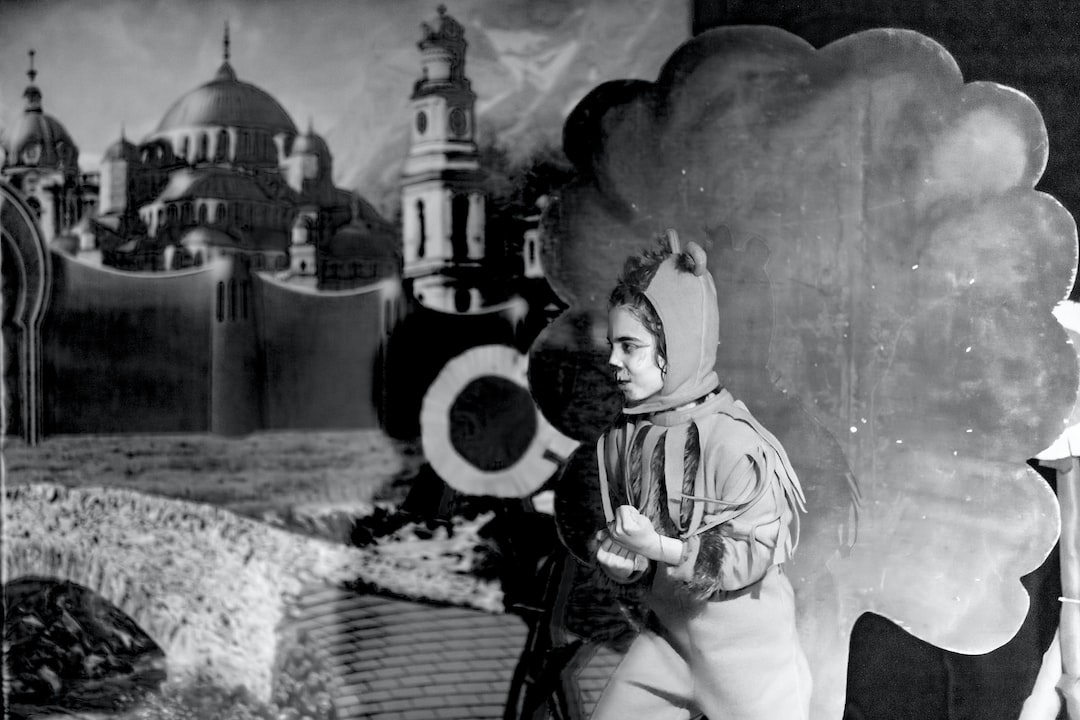The Role of Public Art in Transforming Urban Spaces
Urban spaces are often filled with monotonous buildings, impersonal infrastructure, and busy streets. The constant hustle and bustle can leave people feeling disconnected from their surroundings and even fatigued. However, one powerful solution to enlivening these spaces is through the inclusion of public art. Public art has the incredible ability to transform urban environments, creating a sense of unity, vibrancy, and identity. In this blog post, we will explore the crucial role that public art plays in transforming urban spaces.
First and foremost, public art has the potential to foster a sense of community and bring people together. In a world that often feels divided, public art can provide a common ground for individuals to share, appreciate, and discuss. By incorporating public art into urban spaces, cities offer a meeting point for people from various backgrounds to come together and interact. Public art installations can serve as gathering places, sparking conversations and creating a sense of belonging within the community. For instance, a vibrant mural in a bustling square may encourage people from all walks of life to stop, admire, and engage with one another while appreciating the artwork.
Moreover, public art has the power to convey the unique identity and history of a particular city or region. Through artistic installations, urban spaces are given a distinctive character and narrative. Cities can commission public art that reflects their cultural heritage, architectural style, or even social issues. These art pieces act as visual storytellers, allowing residents and visitors alike to understand and connect with the identity of the place. For instance, sculptures or murals inspired by regional folklore or historical events can educate and engage the community, evoking a sense of pride and appreciation for their surroundings.
Additionally, public art has the ability to beautify and revitalize underutilized or neglected areas within a city. Empty walls, vacant lots, and boring streetscapes can be transformed into breathtaking works of art, attracting attention and rejuvenating the surroundings. By incorporating visually appealing murals, sculptures, or installations, urban spaces that were once considered unattractive or unsafe can be turned into welcoming and appealing destinations. Furthermore, the presence of public art can act as a catalyst for economic growth with increased foot traffic and tourism, revitalizing local businesses and the overall economy of the area.
Another key role of public art in transforming urban spaces is the enhancement of the livability and psychological well-being of residents. People spend a great deal of time in urban environments, often surrounded by concrete and steel. Unadorned and sterile spaces can contribute to feelings of isolation and mental fatigue. However, public art offers a respite from the mundane, injecting color, imagination, and beauty into the lives of city dwellers. Studies have shown that exposure to public art can reduce stress, increase creativity, and promote a sense of well-being. When urban spaces are adorned with captivating art installations, residents are more likely to develop a connection to their surroundings and feel a sense of pride for their city.
In conclusion, the role of public art in transforming urban spaces cannot be overstated. From fostering community unity and identity to revitalizing neglected areas and promoting mental well-being, public art has the power to breathe life into otherwise monotonous and impersonal environments. By incorporating public art into urban design, cities can create vibrant and welcoming spaces that engage and inspire residents and visitors alike. So, the next time you walk through a city, take a moment to appreciate the public art around you, as it is not only aesthetically pleasing but also a testament to the transformative power of art on urban spaces.

